Since the late-19th century, several Bradford Council museum and art gallery sites have been established around the Bradford District. Assistant Curator of Collections Dr Lauren Padgett has researched Bradford District Museums and Galleries’ history for a new display at Bradford Industrial Museum and tells us more about it here.
In 1871, Bradford Corporation (Council) adopted the Public Libraries and Museums Act (1850) and set up a Libraries, Art Gallery and Museums Committee to establish free public libraries and museums. Bradford’s first public art gallery opened on 28th May 1879 on Darley Street with a temporary exhibition of borrowed artwork and objects. This led to the founding of Bradford’s first free public ‘art museum’ which opened on 6th December 1879.
Visitor numbers grew from 132,261 during 1880 to 336,512 in 1888. One of the earliest donated artefacts included Japanese armour from Edward Salt, son of Sir Titus Salt. In 1892, Bradford Corporation adopted the Museums and Gymnasiums Act (1891), allowing it to “provide and maintain Museums for the reception of Local antiquities or other objects”, prompting the Committee to consider bigger and better premises for this popular art museum and its growing collections.
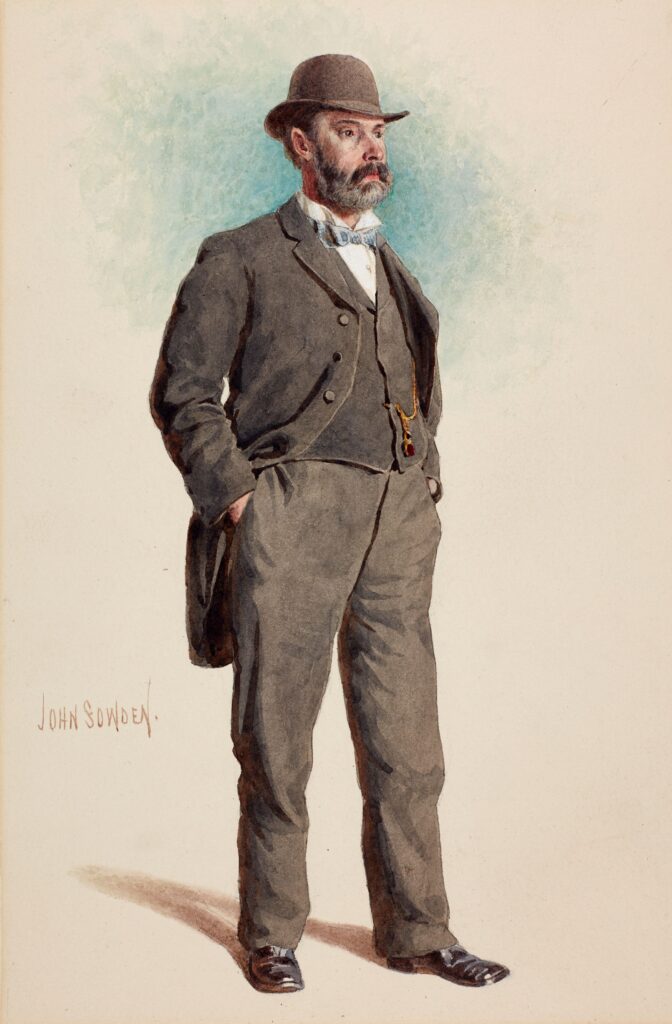
Cartwright Hall Art Gallery
In 1898, local textile industrialist Samuel Cunliffe-Lister donated money towards a purpose-built public art gallery and museum in Manningham Park, Bradford, honouring Dr Edmund Cartwright (inventor of textile machines). After a design competition, architects Simpson and Milner Allen’s ‘Baroque’ style building was chosen and construction started.
The Darley Street art museum closed in 1904 as Cartwright Memorial Hall Art Gallery and Museum opened on 13th April 1904. On 4th May, the Prince and Princess of Wales opened an inaugural exhibition, the Bradford Exhibition, held in the Hall and the Park’s grounds, which celebrated the district’s arts and industry. Cartwright Memorial Hall collected and exhibited fine art and science collections. By 1921, it was welcoming 400,000 visitors a year.
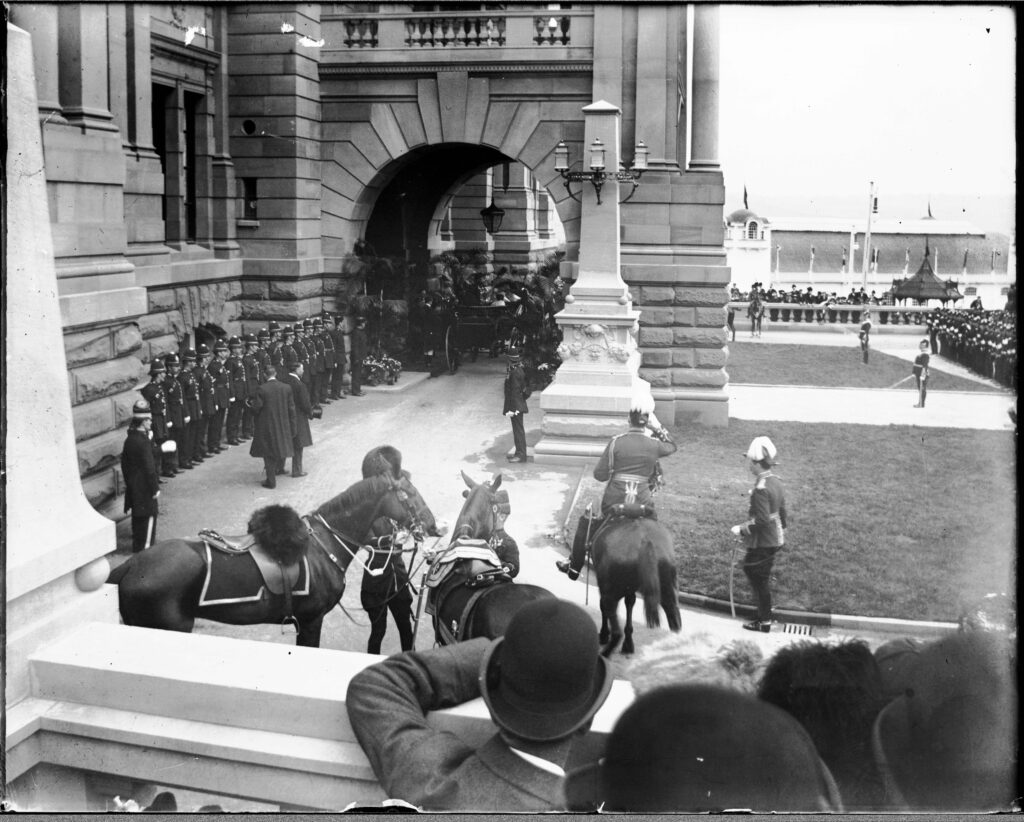
Since 1974, Cartwright Hall has focused on displaying the art collection. Bradford’s Museums Service was one of the UK’s first to actively collect artwork by South Asian and Black artists. As a result, Cartwright Hall is home to the country’s most diverse art collection due to its large representation of British Asian, South Asian and Black artists. Today, Cartwright Hall is a leading regional art gallery, with a unique art collection representing local, national and international artists, with a dedicated gallery to Bradford-born artist David Hockney.
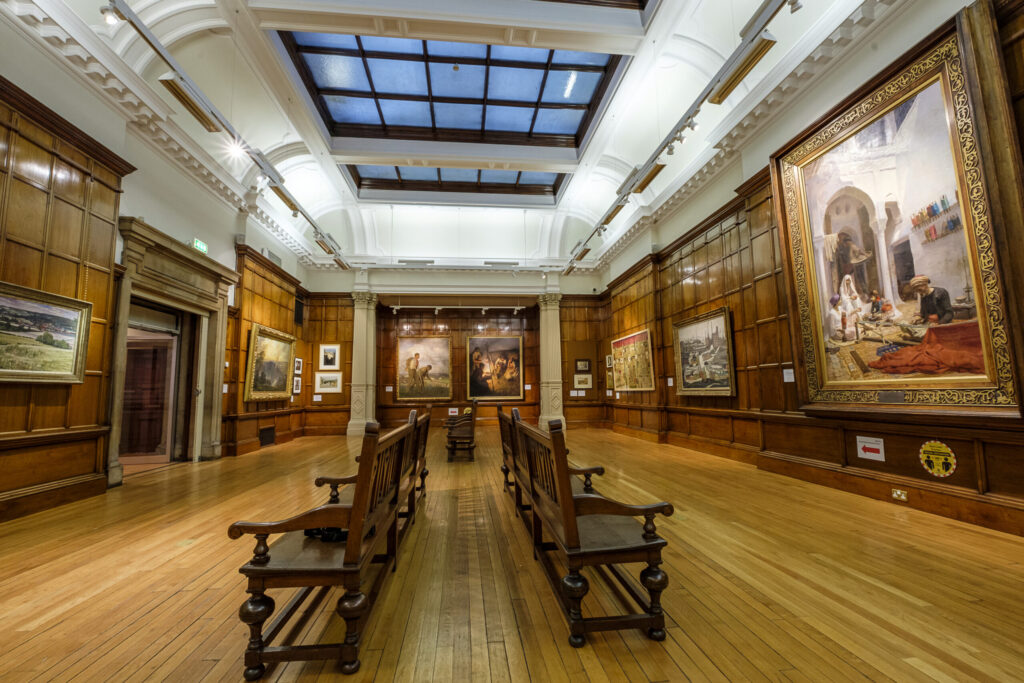
Bolling Hall Museum
In 1912, Mr Paley sold a derelict Bolling Hall to Bradford Corporation, charging a token fee, for it to become a social history museum for Bradfordians. It required three years of renovation to uncover and restore period features before opening on 22nd September 1915. It welcomed 2,500 visitors that day and had 200,000 in 1916-17.
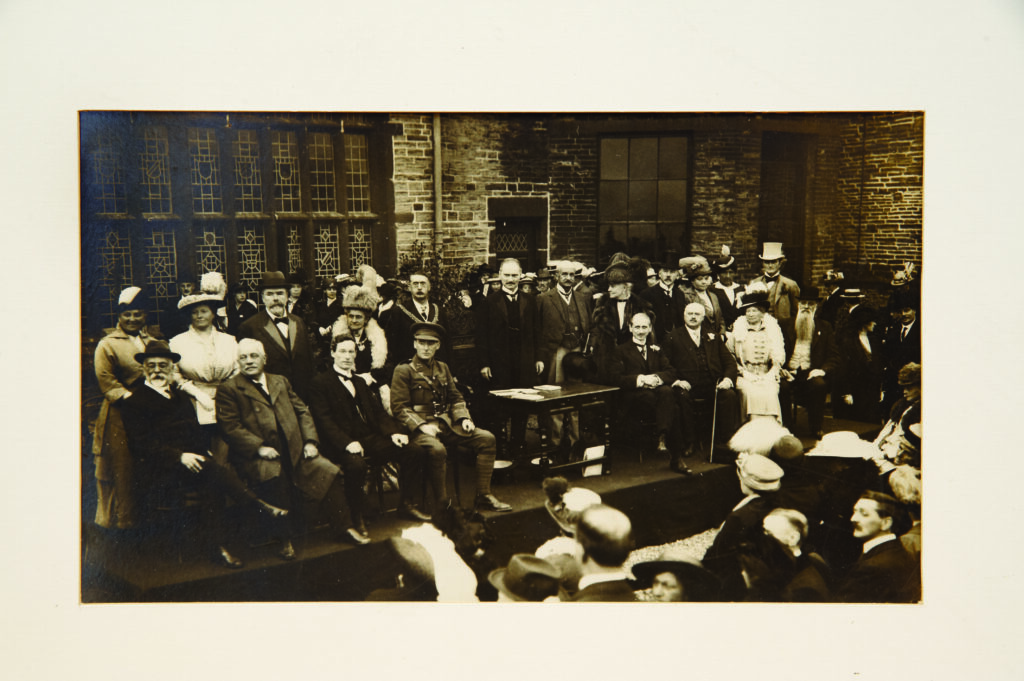
Bolling Hall Museum focused on collecting decorative arts objects and built up an impressive collection of period furniture, allowing rooms to be furnished to match the time they were built. As one of Bradford’s oldest buildings, with a Medieval tower, Tudor rooms, and a Georgian wing designed by famous architect John Carr, it became a Grade I listed building in 1952, in recognition of its historical and architectural significance. It is protected and preserved for future generations.
Today, Bolling Hall Museum, with fine examples of Chippendale furniture, a stunning 16th-century stained glass window, the childhood piano of Bradford-born composer Frederick Delius and a copy of Oliver Cromwell’s death mask, guides visitors through a history of Bradford and the Hall, with a focus on daily life and Civil War history.
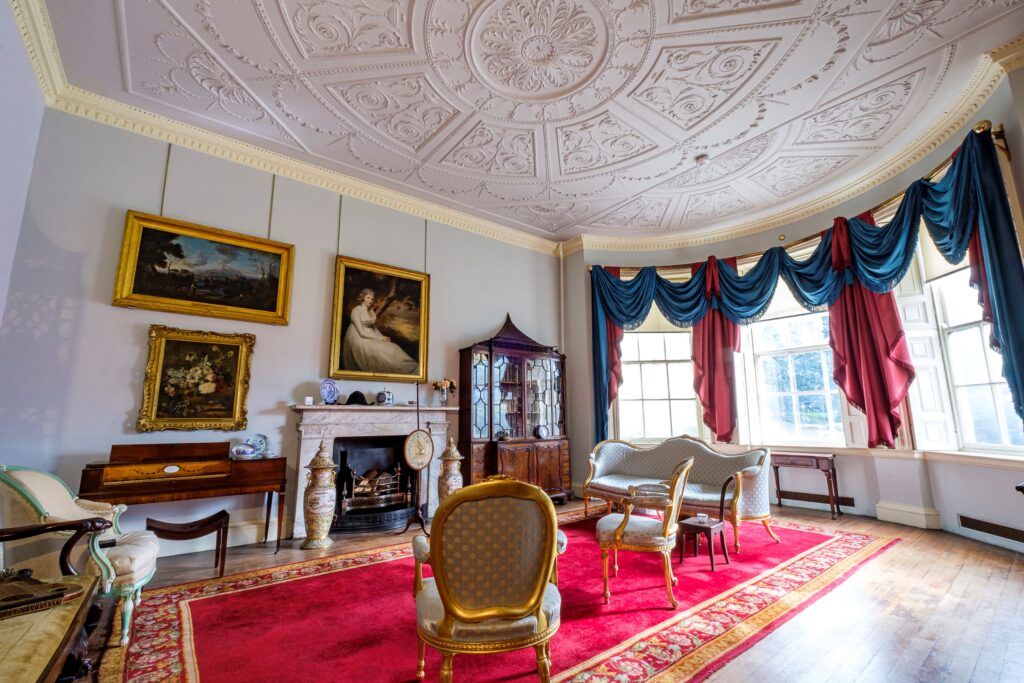
Cliffe Castle Museum
In 1897, following the success of Keighley Scientific and Literary Society’s exhibition of their natural science specimens, Keighley Corporation decided to set up its own public museum. Keighley’s Borough Museum, or Victoria Park Museum, opened in March 1899; it showcased local history objects and natural science specimens.
Cliffe Castle, which was once home to textile industrialist Henry Isaac Butterfield and his family, was purchased in 1950 by Keighley-born and former Lord Mayor of London Sir Bracewell Smith. He intended that it should be ‘a museum and art gallery to be enjoyed… by the citizens of…’ Keighley, as it is today. After renovation, Cliffe Castle Museum and Art Gallery opened on 14th April 1959, and Victoria Park Museum closed.

In April 1974, the new Bradford Metropolitan District merged Cliffe Castle Museum, Bolling Hall Museum, Cartwright Hall Art Gallery and Bradford Industrial Museum (opening later that year) and their collections. The four sites have since operated a collective district-wide Museums Service. Recently, work at Cliffe Castle Museum has concentrated on reinstating and restoring possessions of the Butterfield family, such as a Malachite fireplace and a portrait of Queen Victoria. Today, Cliffe Castle Museum highlights Keighley’s history through period rooms and social history objects, and has a remarkable range of natural science, geology and archaeology specimens.
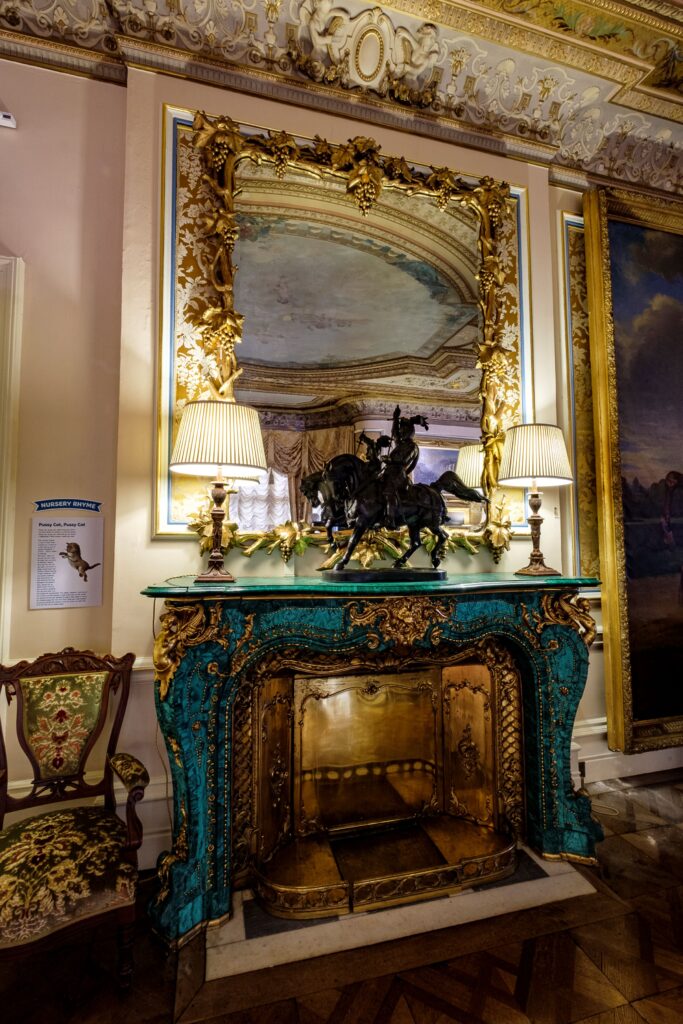
Bradford Industrial Museum
By the late 1960s, Bradford’s textile industry was beginning to decline, with many firms going out of business and mills closing; machinery and business records were disposed of.
Bradford Council recognised that it needed to start actively collecting technology objects to preserve Bradford’s industrial history. Originally built in 1875, Moorside Mills was purchased in 1970 and work began to create what is believed to be the UK’s first local Council-funded industrial museum. Bradford Industrial Museum opened on 14th December 1974.
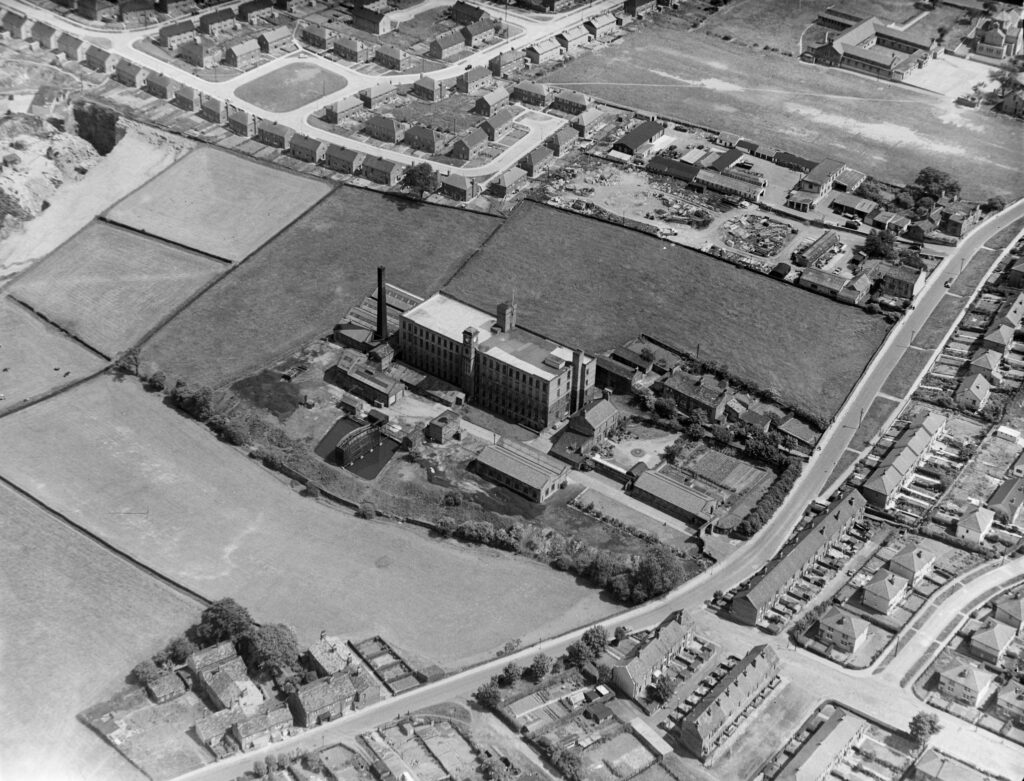
Displays of working machinery demonstrated textile manufacturing, featuring spinning machines in situ from when it was a worsted spinning mill. In 1987, a row of back-to-back houses, originally built in Bradford in 1875, was moved brick-by-brick to the Museum and, by 1991, rebuilt to represent working-class life from 1875 to 1975. Today, Bradford Industrial Museum’s displays of vehicles, textile, steam power and printing machines showcase innovation and entrepreneurship, telling the story of Bradford District.
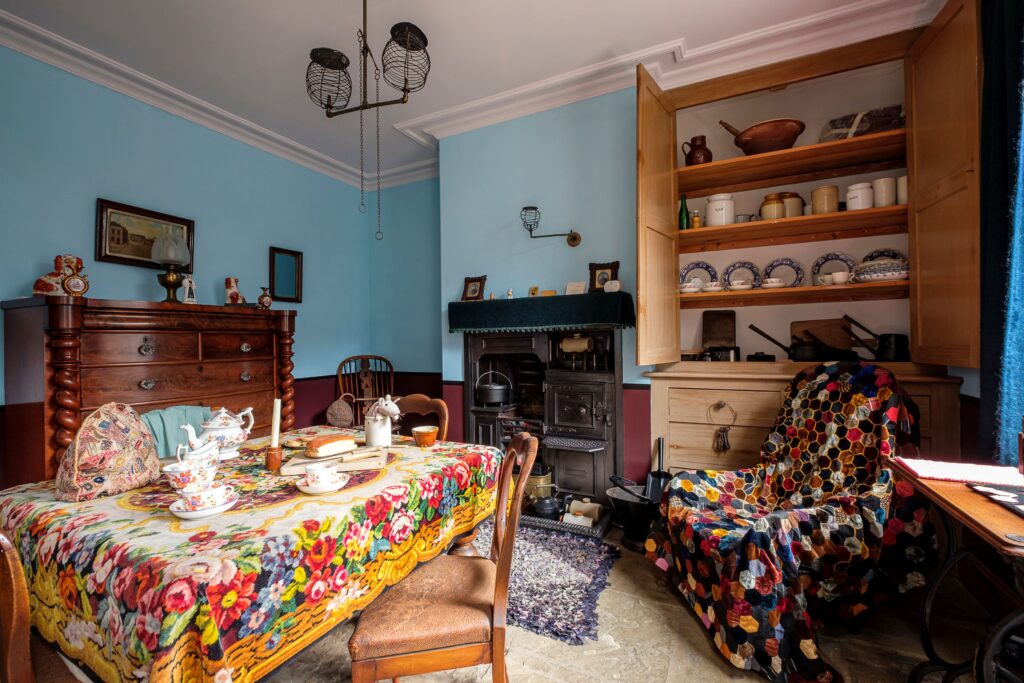
Today, these four venues attract 230,000 visitors a year. Bradford District Museums and Galleries’ sites, collections, learning programmes and community projects preserve and champion Bradford’s unique history, reflecting Bradford’s diverse communities past and present, and providing opportunities to learn, share and create.
To see accompanying objects linked to the history of Bradford District Museums and Galleries, such as the ceremonial mallet for the building of Cartwright Memorial Hall and the key used for the official opening of Bolling Hall Museum, please visit Bradford Industrial Museum and look at the display.